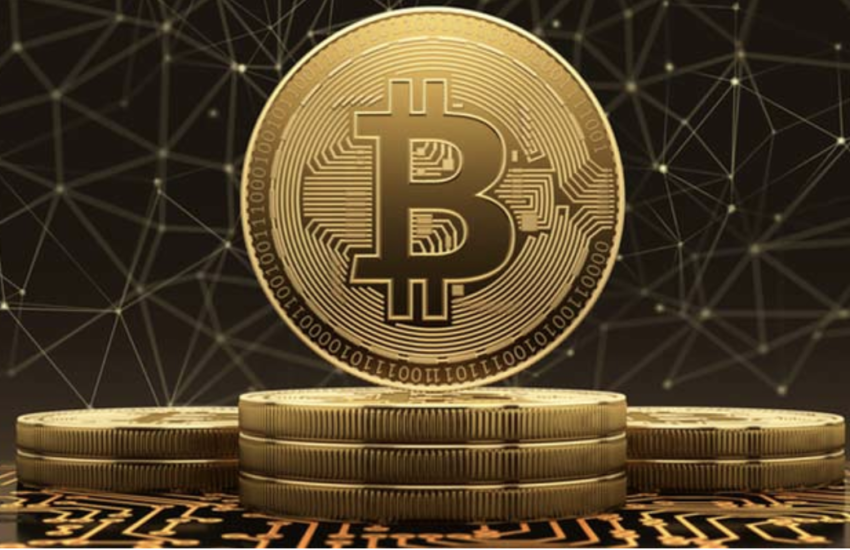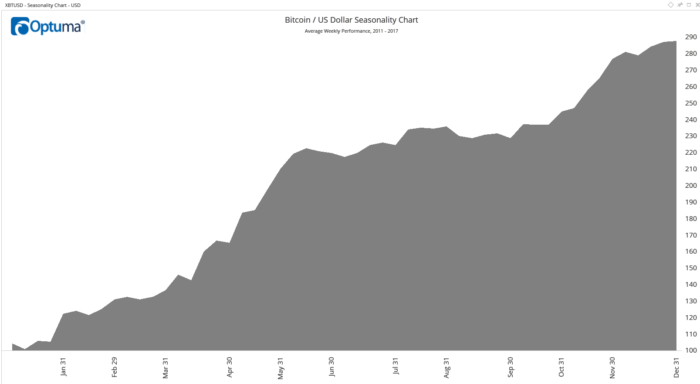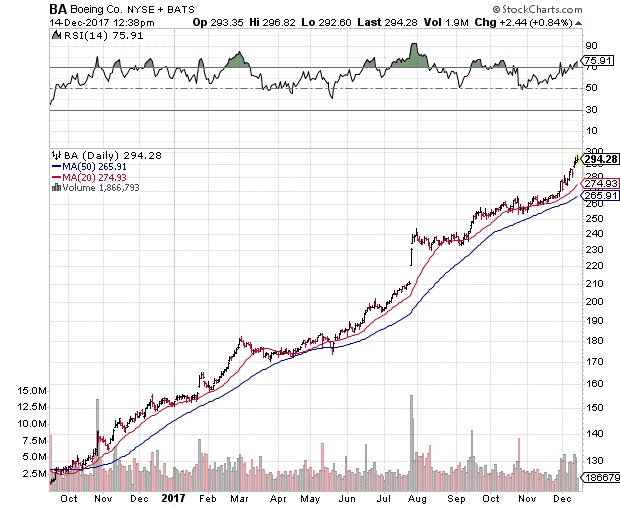Apple is doomed. And 2018 is the year where I believe you’ll start to see that this once-great American company has peaked and the Apple stock price is ready to decline.
Truthfully, I’ve been wrong on Apple Inc. (Nasdaq: AAPL) stock for a year now.
Driven by Warren Buffett’s huge buying spree — over $20 billion in shares — the Apple stock price has gone up, up and up.
This has happened despite its business being stagnant or in slight decline, depending on which quarter you look at.
That memory is of Steve Jobs introducing truly revolutionary products.
Like the iPod in October 2001, which by allowing you to carry tens of thousands of songs in your pocket transformed the way you listen to music.
Like the iPhone in June 2007, which shrunk a computer so that you could have access to everything you used to use your desktop computer for.
Like the iPad in April 2010, which perfected the tablet computer as an alternative to laptops.
But then Jobs died in October 2011. Since then, Apple has introduced no new revolutionary products.
Instead, Apple now tinkers with models, sizes and colors. Apple sells five different models of its iPhone. You can get them in six colors and in multiple sizes.
Apple’s latest phone, the iPhone X, has facial recognition and an OLED display.
Some people think this is a big deal. Steve Wozniak, one of the co-founders of Apple, thinks it’s no big deal at all.
“I’d rather wait and watch that one. I’m happy with my iPhone 8, which is the same as the iPhone 7, which is the same as the iPhone 6, to me,” says Wozniak.
Now there’s an even bigger thing happening. One that guarantees that Apple’s future is one that’s going to disappoint the people who have been buying its stock.
An Incredible Red Flag for the Apple Stock Price
That thing is the Chromebook. A Chromebook is a cloud-based computer that uses Google’s software.
Chromebook sales are on fire in a market that Apple used to dominate: schools.
Chromebooks now have an astonishing 58% market share in K-12 schools.
Even my kids use Chromebooks. Their school uses Google’s cloud-based word processing, spreadsheet and presentation apps.
People looking at the Apple stock price through the eyes of iPhone sales are going to miss this incredible red flag.
You see, Apple’s brand, reputation and customer loyalty begin with kids using its products.
I believe that Apple’s seeding schools with computers set the platform for Apple’s success. By the 2000s, those kids had jobs and money, and had formed a connection to Apple because their first exposure was through the company’s computers.
Steve Jobs confirmed this in a 1995 interview:
One of the things that built Apple IIs was schools buying Apple IIs. … We realized that a whole generation of kids was going to go through the school before they even got their first computer, so we thought the kids can’t wait.
Now Google is forming that relationship with kids. Already my kids and their classmates are learning to use Google by using voice commands instead of typing.
Amazon is forming that relationship with kids as well through the use of its Echo devices and Alexa platform.
The Innovation Race
Using voice instead of a keyboard is a revolutionary shift in how we use computers. This is a revolution you can see unfolding slowly right now through the sales of speakers that connect to cloud platforms like Google Assistant and Amazon’s Alexa.
Apple had the lead in this market when it introduced Siri in October 2011. However, since then, it stopped innovating and improving Siri. It let Amazon and now Google overtake it.
And I believe that because Apple’s focusing on tinkering rather than innovation, Amazon and Google’s lead are only going to increase while the price of Apple stock declines.
Apple wiped out the old cellphone leaders — Nokia, BlackBerry and others — because those companies sat on their lead and tinkered instead of innovating. I believe the same thing is going to happen to Apple.
Now, the Apple stock price continues to go up because investors like Warren Buffett are willing to bid it up. Plus, the company is buying back billions of dollars in stock each quarter.
However, this doesn’t change the fact that Apple is now losing “mind share” among the customers of the future — kids — and losing the innovation race by falling behind in the next wave of computing, which is going to be in voice-based cloud platforms. Watch in 2018 for the decline in the Apple stock price.
Regards,

Paul Mampilly
Editor, Profits Unlimited
Right now, an untapped ocean of energy—found underneath all 50 states—is about to transform the world’s energy industry. In fact, there’s enough of this energy in the first six miles of the earth’s crust to power the United States for the next 30,000 years. Wanna know this untapped energy source? Learn NOW! And as companies rush to extract this energy from the ground, they’ll need the help of one Midwestern company’s technology to make use of it. This is your chance to take advantage of John D. Rockefeller-type fortunes. Early Bird Gets The Worm...
Source: Banyan Hill
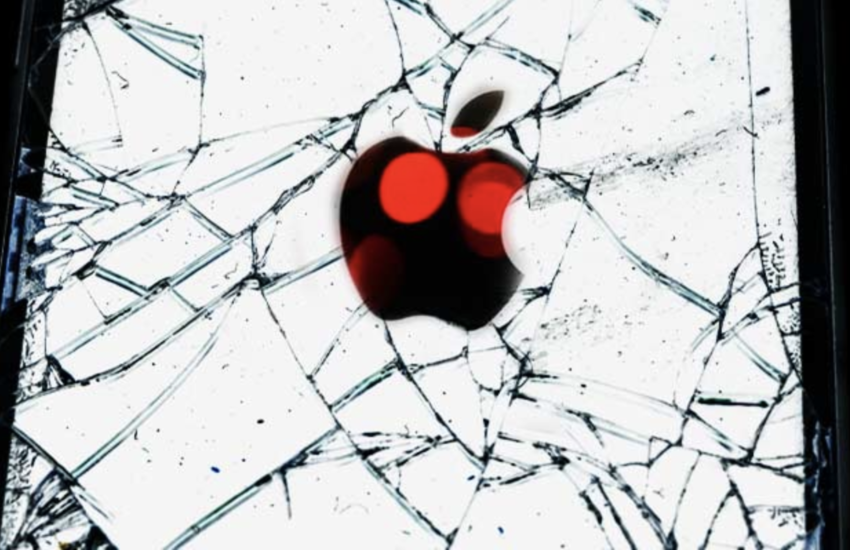

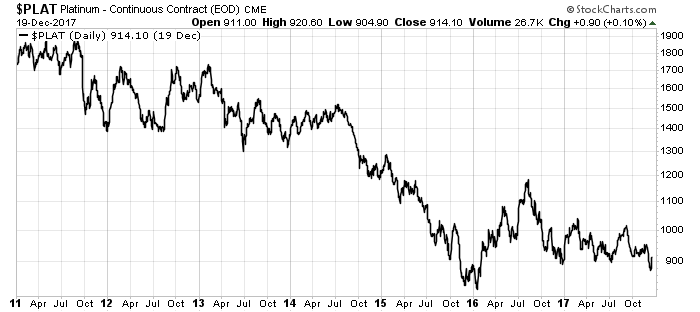

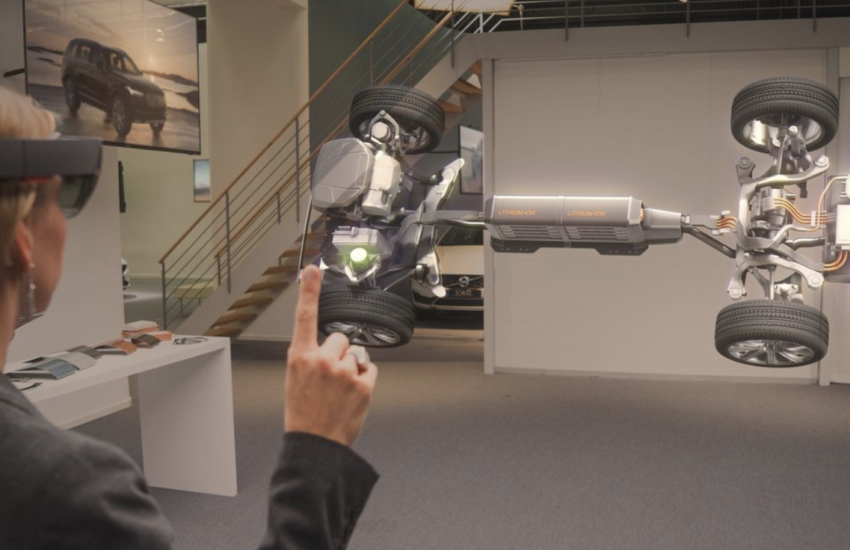


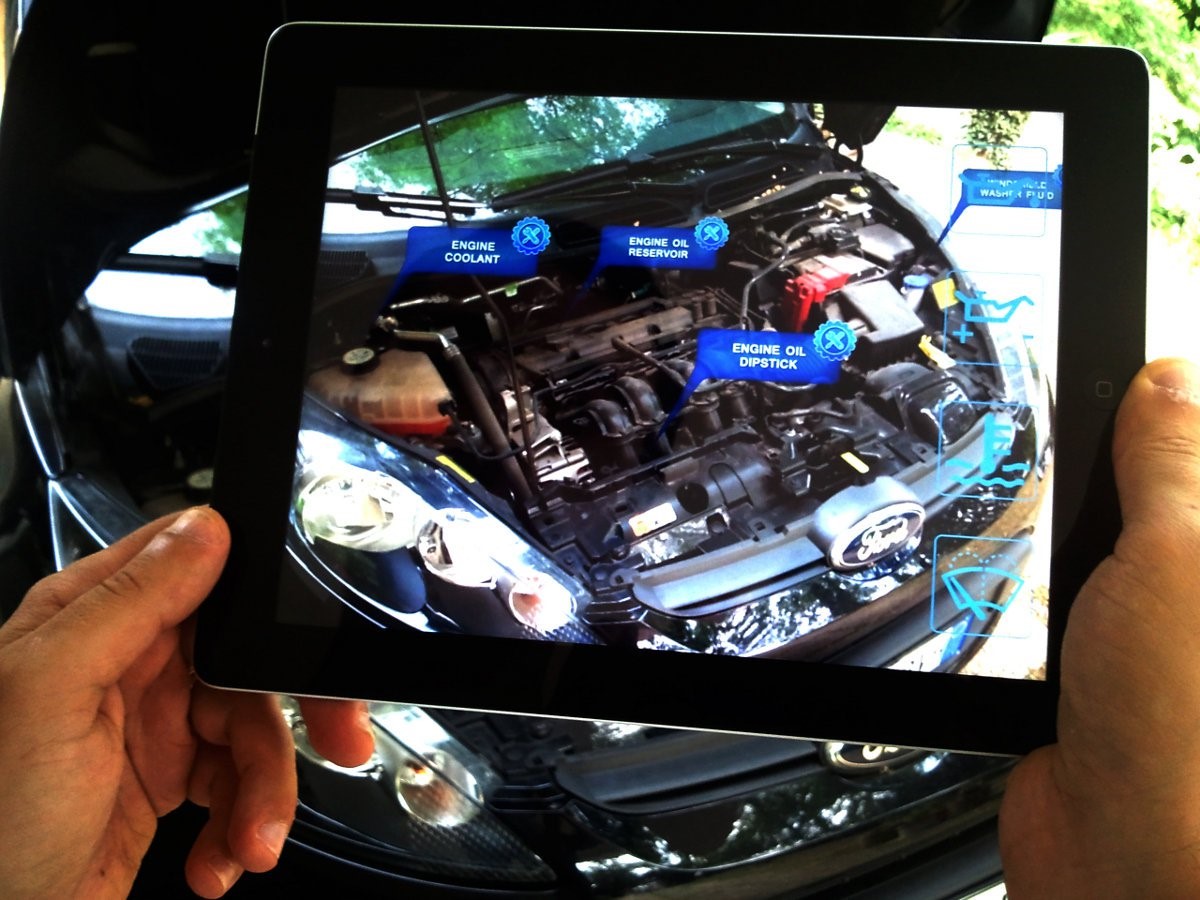


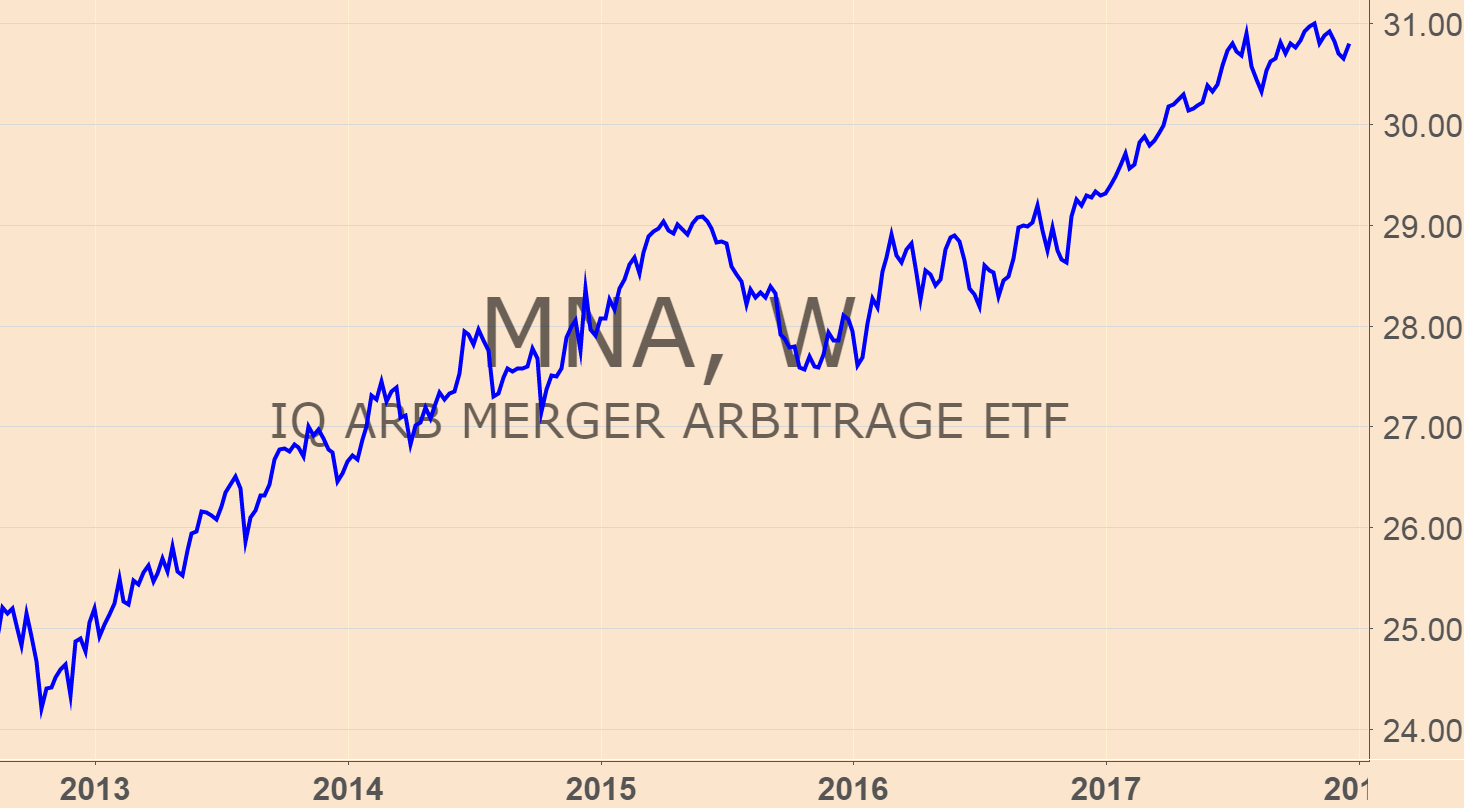

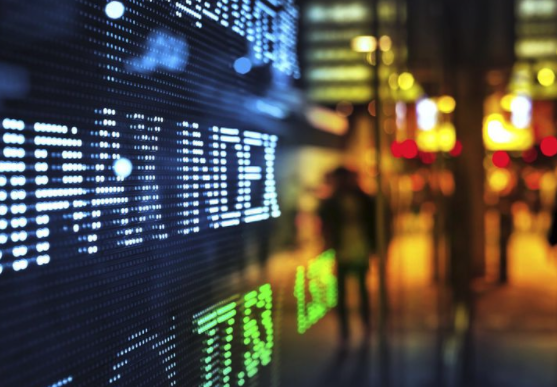

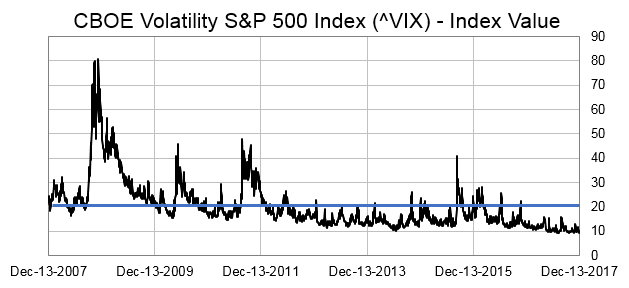





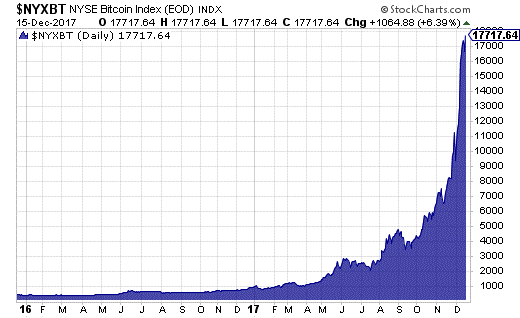
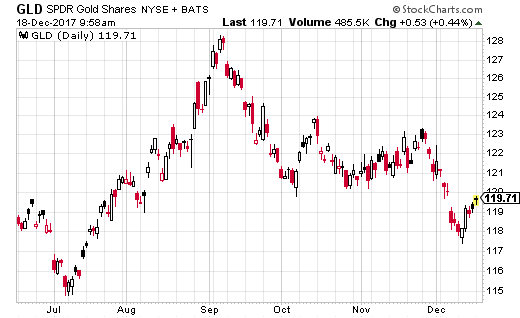
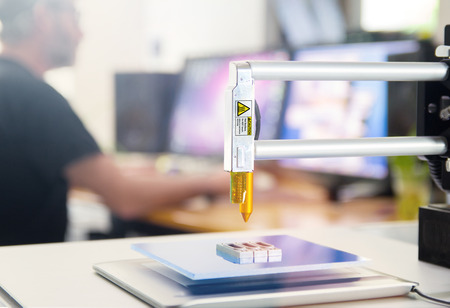
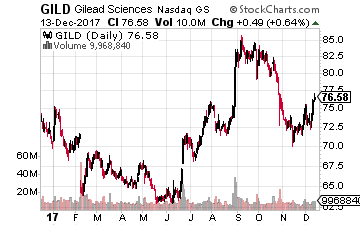 The first company I want to tell you about is Gilead Sciences (Nasdaq: GILD), which revealed results of a trial that took place at the University of Texas on December 10. The trial was conducted by what is now a subsidiary of Gilead – Kite Pharma – that was acquired in August for $11.9 billion.
The first company I want to tell you about is Gilead Sciences (Nasdaq: GILD), which revealed results of a trial that took place at the University of Texas on December 10. The trial was conducted by what is now a subsidiary of Gilead – Kite Pharma – that was acquired in August for $11.9 billion.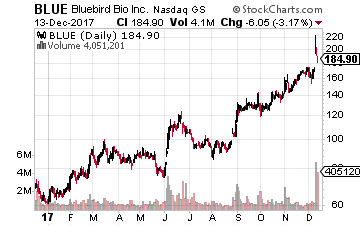 The second company, which revealed spectacular trial results at the Atlanta conference, is Bluebird Bio (Nasdaq: BLUE). The stock soared about 30% on December 11 and is now up about 225% year-to-date!
The second company, which revealed spectacular trial results at the Atlanta conference, is Bluebird Bio (Nasdaq: BLUE). The stock soared about 30% on December 11 and is now up about 225% year-to-date!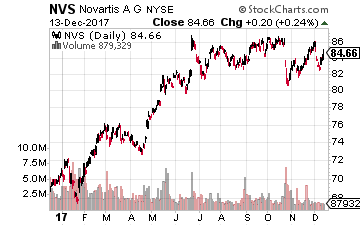 That brings me to the third Car-T company with promising results presented in Atlanta, Novartis, and its Kymriah therapy, which was given the go-ahead by the FDA in August. The stock of this pharma giant is up over 15% year-to-date.
That brings me to the third Car-T company with promising results presented in Atlanta, Novartis, and its Kymriah therapy, which was given the go-ahead by the FDA in August. The stock of this pharma giant is up over 15% year-to-date.